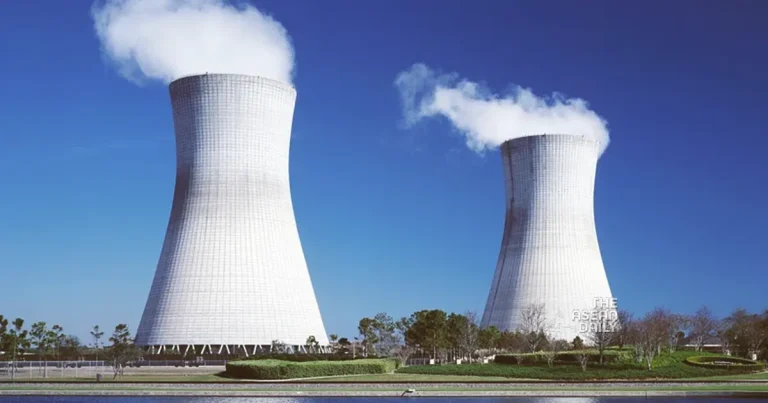31-5-2024 (SINGAPOER) In a bold move towards energy diversification and sustainability, the Thai government is actively exploring the potential of small modular nuclear reactor (SMR) technology. Prime Minister Srettha Thavisin revealed this development during an event organized by the American Chamber of Commerce (AmCham) in Bangkok on Friday.
Addressing the gathering, Mr. Srettha emphasized Thailand’s ambitious goal of transitioning to a greener future, stating, “Our green transition goal is one of the most ambitious in Southeast Asia, and we have a comprehensive roadmap in place to have 50% of energy production be renewable by 2040.”
Small modular reactors, as defined by the International Atomic Energy Agency (IAEA), are advanced nuclear reactors with the capacity to generate around one-third of the electricity produced by traditional nuclear power reactors. These innovative technologies offer a potential solution to Thailand’s quest for a diversified and sustainable energy mix.
The Prime Minister’s announcement comes in the wake of Finance Minister Pichai Chunhavajira’s remarks at the Bangkok Post Conference 2024 “Greening the Future: ESG Leadership in the Sustainability Revolution,” held at Centara Grand at CentralWorld in Bangkok. During the event, Mr. Pichai unveiled the government’s plans to introduce a series of tax incentives aimed at promoting a low-carbon economy and encouraging investment in environmentally friendly businesses.
Thailand’s exploration of SMR technology reflects the nation’s commitment to addressing the global challenge of climate change and reducing its carbon footprint. By diversifying its energy sources and embracing innovative nuclear technologies, the country aims to strike a balance between meeting its growing energy demands and minimizing its environmental impact.
Experts in the field have highlighted the potential advantages of SMRs, including enhanced safety features, scalability, and the ability to integrate with existing energy infrastructure. These compact reactors offer a modular design, allowing for incremental capacity additions and potentially faster construction times compared to traditional nuclear power plants.




